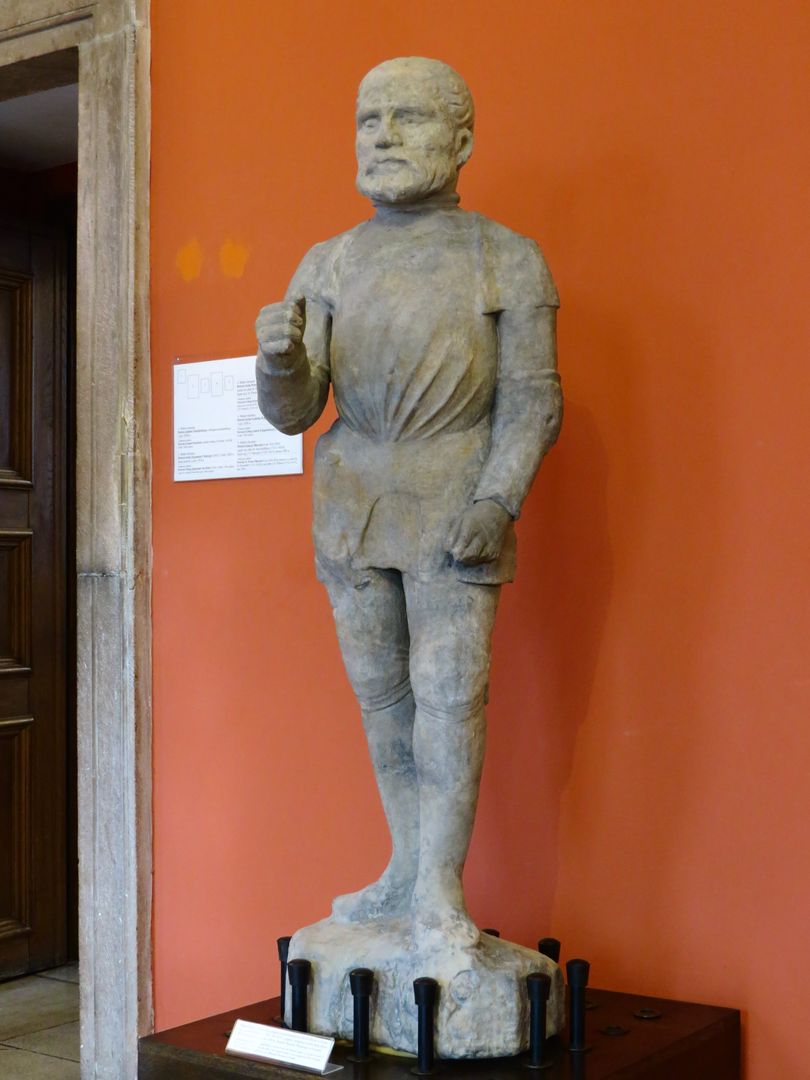The Pillory in Poznań
7.1

Overview
The pillory in Poznań, located at the southeastern corner of the Town Hall, is an octagonal late-Gothic column with a figure of an executioner dressed as a knight on its capital, symbolizing the "right of the sword" granted to the city by Władysław Łokietek in 1298. Built in 1535, the structure was used to carry out punishments such as flogging, ear or finger amputations, and as a place to display convicts before their execution. The original pillory served as a medium symbolizing the city's judicial authority and was situated at the geometric center of Poznań.
Throughout its existence, the pillory underwent numerous repairs, as documented by inscriptions from the years 1690, 1727, 1749, 1781, 1825, and 1880. In the 19th century, its condition deteriorated, leading to further repairs, including those carried out by Prussian authorities. In 1925, the original pillory was moved to the Royal Castle, and a replica, created by Marcin Rożek, was placed in the market square. The original was later housed in the Museum of the History of the City of Poznań after being rediscovered by Witold Maisel following World War II. Between 2010 and 2011, the replica was repaired after being vandalized, and in 2022, due to renovations of the market square, it was stored in Fort VII. Interestingly, the pillory witnessed many dramatic events, including the executions of convicts such as Adam Goldszmit and Jadwiga z Cegielskich Wojewódka, serving as a stark illustration of the dark side of law and order in historic Poznań. In February 2024, the replica was returned to its place near the Town Hall, continuing the tradition of this historic site.
Location
Tickets
Powered by GetYourGuide
2025 Wizytor | All Rights Reserved